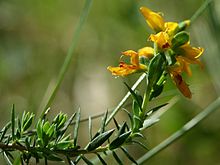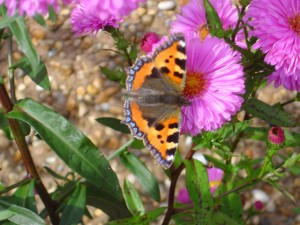 Have you ever wondered about a plant or creature you have encountered in your garden or on your travels around the area?
Have you ever wondered about a plant or creature you have encountered in your garden or on your travels around the area?
The Natural History Museum has launched a database which allows you to search for native flora and fauna by postcode. Produced by Flora for Fauna for the museum, the postcode database contains around 90% of all plants in the UK and the animals, birds and insects that depend on them (which are also searchable by postcode).

The website throws up a few surprises for N13, including badgers, pigmy shrews, golden eagles and red squirrels,* though museum points out that some data is historic, and is based on 10k squares, so though you may now wish to dedicate your weekend to hunting for the Petty Whin in PG, it may no longer be growing in the area or relate to a wider area than just humble N13. There is also a reminder that it is illegal to remove plants from the wild (and information on suppliers if you really must have a Fool’s Parsley).
You can also limit your search to garden-worthy plants – the site encourages users to plant native species wherever possible – they are the backbone of our native ecology, and stand a better chance of surviving than some of the more exotic plants you might find in your garden centre.
If you are interested in plants and animals, there is so much more on the site, including a plant identification service whereby you can ask the experts to identify a plant you have discovered in your garden or on your travels. There is also some lovely botanical art, and fascinating features on a range of topics, including country cures (foul tasting fun for all the family).
*I may have made one of these up.
